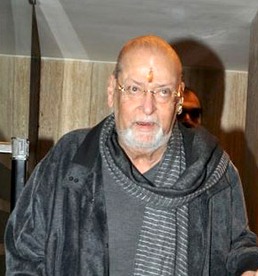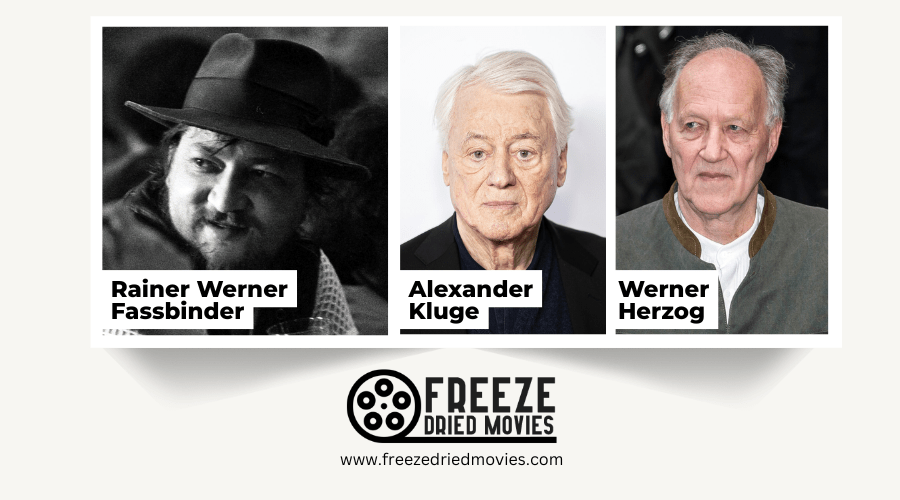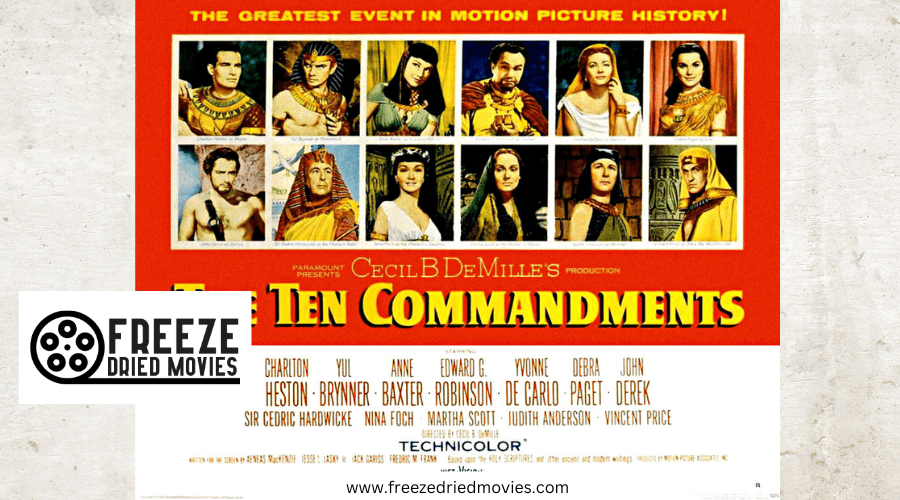Bollywood in the 1960s: The Rise of Superstar Culture

The 1960s reshaped Bollywood through the rise of larger-than-life superstars and vibrant Technicolor productions. Stars like Shammi Kapoor brought Elvis-inspired energy, while Rajesh Khanna pioneered a new romantic hero image that enchanted audiences. The era introduced multi-starrer films, revolutionary musical numbers, and bold social commentary. From dance innovations to cultural shifts, this golden age of Hindi cinema molded entertainment as you know it today. Much more defined this impactful decade.
The Dawn of Technicolor: Transforming Hindi Cinema
The introduction of Technicolor in 1960s Bollywood revolutionized Hindi cinema's visual scenery. You'll notice a stark departure from the black and white films that dominated the previous decade, as filmmakers welcomed vibrant colors to showcase India's cultural opulence.
The visual richness of Technicolor transformed Hindi cinema into a spectacle of color, particularly evident in elaborate festival scenes and costume designs. This shift aligned perfectly with the rise of commercial masala entertainment, featuring singing-dancing film stars like Shammi Kapoor, who embodied a new, energetic style.
The industry's transition wasn't just artistic - it was strategic. With color television gaining popularity, filmmakers needed to offer audiences something more spectacular to keep them coming to theaters. Technicolor provided that edge, helping create the larger-than-life entertainment that became Bollywood's signature.
Following the success of three-color dye transfer in Hollywood, Bollywood cinematographers quickly adopted these techniques to enhance their visual storytelling capabilities.
The Evolution of the Bollywood Hero Archetype

While India's post-independence cinema initially favored somber, brooding heroes like Dilip Kumar, a dramatic shift occurred in the 1960s as audiences welcomed more lively leading men.
Shammi Kapoor revolutionized the Bollywood hero with his Elvis-inspired persona, bringing Western flair and uninhibited dance moves to Indian screens. This alteration reflected the nation's changing social dynamics, as the melancholy of the 1950s gave way to the exuberance of the 1960s.
The rise of multi-starrer films challenged the solo hero format, while Rajesh Khanna's emergence as the first superstar established a new model in the star system. By the 1970s, you'd see another evolution with Amitabh Bachchan's "angry young man" persona, which captured the era's social consciousness through more aggressive, justice-seeking characters.
This transformation was a stark departure from the earlier decade when Raj Kapoor's tramp character had dominated screens with his lovable and endearing portrayals.
Breaking Ground: Social Themes and Cultural Commentary
Beyond the changing hero archetypes, Bollywood's artistic maturity in the 1960s manifested through its bold exploration of social themes. You'll notice how films shifted away from nation-building narratives to tackle complex societal issues head-on.
Bimal Roy's Bandini exemplifies this transformation, as it follows a female prisoner's moral struggles, highlighting the restrictive social norms women faced. Similarly, Guru Dutt's magnum opus Sahib Bibi Aur Ghulam confronts the decline of India's feudal system while exposing the oppression of women within aristocratic households.
These Bollywood films weren't just entertainment anymore - they'd become powerful vehicles for cultural commentary. As you examine these classics, you'll see how they mirror India's evolving socio-political landscape, addressing issues of class, gender, and power that resonated deeply with audiences of the time. This social consciousness was deeply rooted in the traditions of the 1940s, when patriotic cinema played a crucial role in shaping India's cultural and social identity.
Musical Revolution and Choreographic Innovation
During Bollywood's golden age of the 1960s, musical storytelling underwent a dramatic shift that would define Indian cinema for decades to come. You'll find this era's most striking innovation in its film songs, where expert choreographed dances merged traditional Indian rituals with contemporary movements.
The distinctive Bollywood sound emerged as filmmaking evolved, blending Western instruments with Hindi classical music in hits from Waqt, Teesri Manzil, and Guide.

The voices behind these magical moments - Lata Mangeshkar and Mohammed Rafi - became film stars in their own right, while visionary choreographers like Saroj Khan and Cuckoo revolutionized dance sequences. These musical numbers weren't just entertaining interludes; they carried the emotional weight of the stories, altering how audiences connected with characters on screen.
The Rise of Multi-Starrer Films and Ensemble Casts
How did Bollywood's star-studded scenery evolve in the 1960s? You'll find that Indian cinema underwent a dramatic transition as multi-starrer films began challenging the traditional solo hero format. The box office witnessed a new phenomenon where ensemble casts became the driving force behind commercial success.
Waqt (1965) revolutionized Bollywood cinema by introducing the successful formula of a separated and reunited family, proving that collective star power could overshadow individual storylines. Meanwhile, films like Sahib Bibi Aur Ghulam showcased the industry's artistic depth through Meena Kumari's powerful portrayal of Chhoti Bahu.
This era marked a significant shift where heroes and heroines shared screen space more frequently, nurturing creative experimentation and fresh interpretations of stories. The love for star-studded spectacles reshaped the industry's terrain, moving away from single-star dominance.
Global Influences and Western Cultural Impact
The wave of Western influence swept through Bollywood in the 1960s, altering both the look and spirit of Indian cinema. You'll notice this modification in the emergence of carefree heroes like Shammi Kapoor, who channeled Elvis Presley's style, replacing the serious characters of the previous decade.

Western-leaning heroines began appearing in European settings, sporting modern wardrobes that reflected the growing global influences on Indian filmmaking.
While Bollywood's signature song-and-dance elements were often criticized by Western critics, the industry's international reach expanded through ad-hoc distribution practices. You'll find that these films cleverly balanced modernity and tradition, particularly in their exploration of arranged marriages and changing social values.
This cultural fusion created a unique cinematic identity that would define Bollywood's golden era.
Defining Films That Shaped the Era's Identity
Several pioneering films in the 1960s redefined Bollywood's artistic terrain and established enduring cinematic templates.
In this golden age of Bollywood, you'll find seminal works that revolutionized storytelling. Sahib Bibi Aur Ghulam broke new ground by exploring complex power dynamics, while Waqt introduced a narrative formula that's shaped Hindi cinema ever since.
The epic romance Mughal-E-Azam set new standards for grand storytelling, complemented by Chaudhvin Ka Chand's distinctive visual style. You can't overlook Bandini's impact, as it delivered career-defining performances and unforgettable songs.
Meanwhile, Junglee brought a fresh energy to Hindi cinema through Shammi Kapoor's Elvis-inspired performance, marking a significant shift toward modern sensibilities. These films didn't just entertain - they established the foundations that would influence Indian cinema for decades to come.




